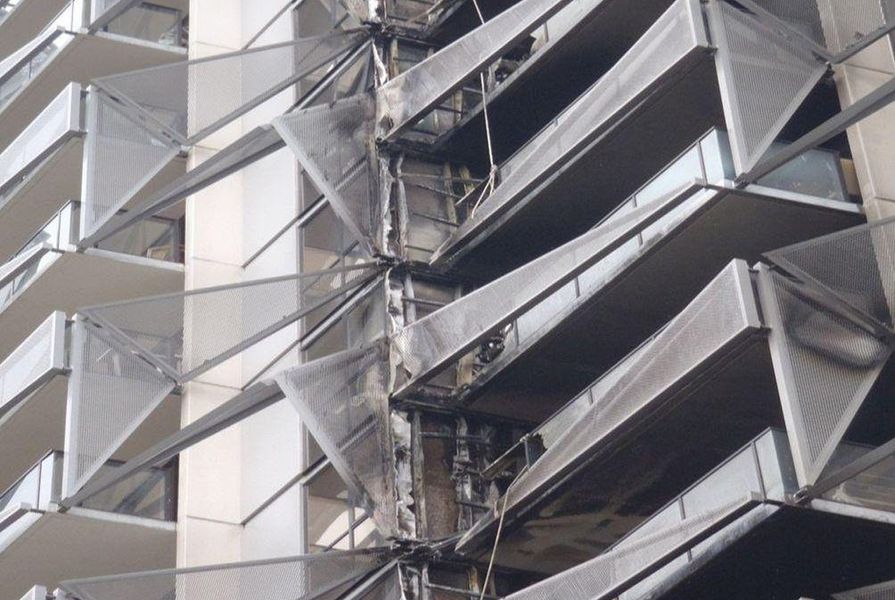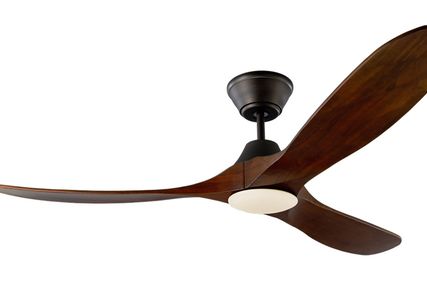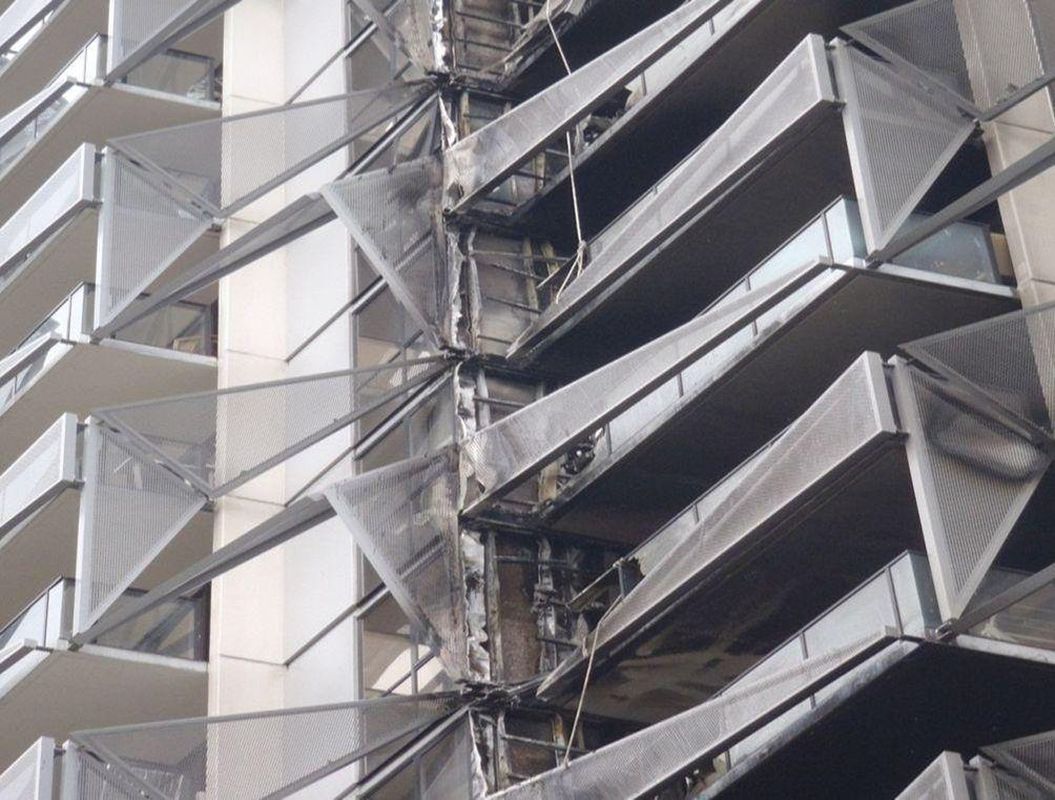A Federal Senate inquiry into non-compliant building products has recommended “a total ban on the importation, sale and use of polyethylene (PE) core aluminium composite panels (ACPs) as a matter of urgency.”
PE core panels are highly combustible and its use is currently restricted to signage, low-rise developments, factories and warehouses. Other types of ACPs classified as “difficult to ignite” or “non-combustible” are permitted for use in high-rise buildings and must be attached to a fire-rated wall.
The ban is one of eight recommendations tabled in an interim report on aluminium composite cladding by the committee.
The report reads, “In light of the Grenfell Tower fire tragedy, the committee does not consider there to be any legitimate use of PE core ACPs on any building type. The committee believes that as there are safe non-flammable and fire retardant alternatives available there is no place for PE core ACPs in the Australian market.”
“In addition, the sale and use of PE core ACPs should be banned domestically.”
The ban is supported by two of the three Australian distributors of aluminium composite materials, which appeared before the Senate inquiry. Likewise, certification body CertMark International told the inquiry that “the simplest way with PE flammable core materials, as with any flammable material that is in a building, is it should be banned; it should be kept out of the marketplace.”
John Rau, the planning minister and deputy premier of South Australia also supported this view, as did the Victorian Building Authority, which said it would make regulation simpler.
In a dissenting report, Coalition government senators did not support this recommendation. “Polyethylene core aluminium composite products are used widely in the signage industry and other applications. Banning an individual product will not solve the issue; however consideration should be given to mechanisms to ensure better identification and evidence of suitability for use of these materials along the supply chain,” the report reads.
The Australian Institute of Architects national president Richard Kirk said, “We share the committee’s view that the use of non-conforming and non-compliant building products represents a very real and present threat to the community.
“We support the committee’s call for further urgent action to address the danger to our community posed by the de-professionalization of building procurement over many years now.”
The Institute made a submission to the inquiry in July 2017. Five of the eight recommendations made by the committee “either directly take up proposals made by the Institute or are otherwise consistent with our position.”
The committee also recommended the establishment of a national licensing scheme for all building and construction industry professions and trades; increasing accountability measures for participants across the supply chain; and making Australian Standards and codes freely available. Government senators supported all of these recommendations.
A recommendation for revoking accreditation, banning from tendering for government funded project or “substantial financial penalties” for non-compliance with the National Construction Code was not, however, supported by government senators. “The Commonwealth has limited powers to impose penalties,” they stated.
The senators also disputed a recommendation that the Federal Safety Commissioner should be better resourced to carry out its duties, stating, “the Federal Safety Commissioner is currently resourced to fulfill its statutory roles and functions.”
The final two recommendations – the introduction of Director Identification Numbers to prevent former directors of insolvent companies from carrying out illegal work, and the development of a national statutory duty of care protection for end users in the residential strata sector – were seen by government senators as potentially creating “additional layers of oversight and regulation that would duplicate existing state and territory mechanisms.”
Victoria’s Lacrosse building fire and the Grenfell tower fire in London prompted Australian states and territories, except the Northern Territory, to audit the use of ACPs. For the most part, the use of ACPs has been largely restricted to central business districts in Australia’s capital cities.
Of the findings that have so far emerged from these audits, the Victorian Building Authority’s audit of 170 high-rise residential and public buildings in Melbourne found 51 percent were clad in materials that did not comply with the National Construction Code. Apart from the Lacrosse building, however, only one building was found to pose a safety threat. The Victorian government has also established a taskforce to investigate the use of non-compliant cladding. The South Australian audit found 77 buildings that required further checks. The Queensland audit discovered potentially dangerous ACPs on the Princess Alexandra Hospital, which will now be removed.
The Senate inquiry into non-compliant building products is due to table its final report on 30 April 2018.
















